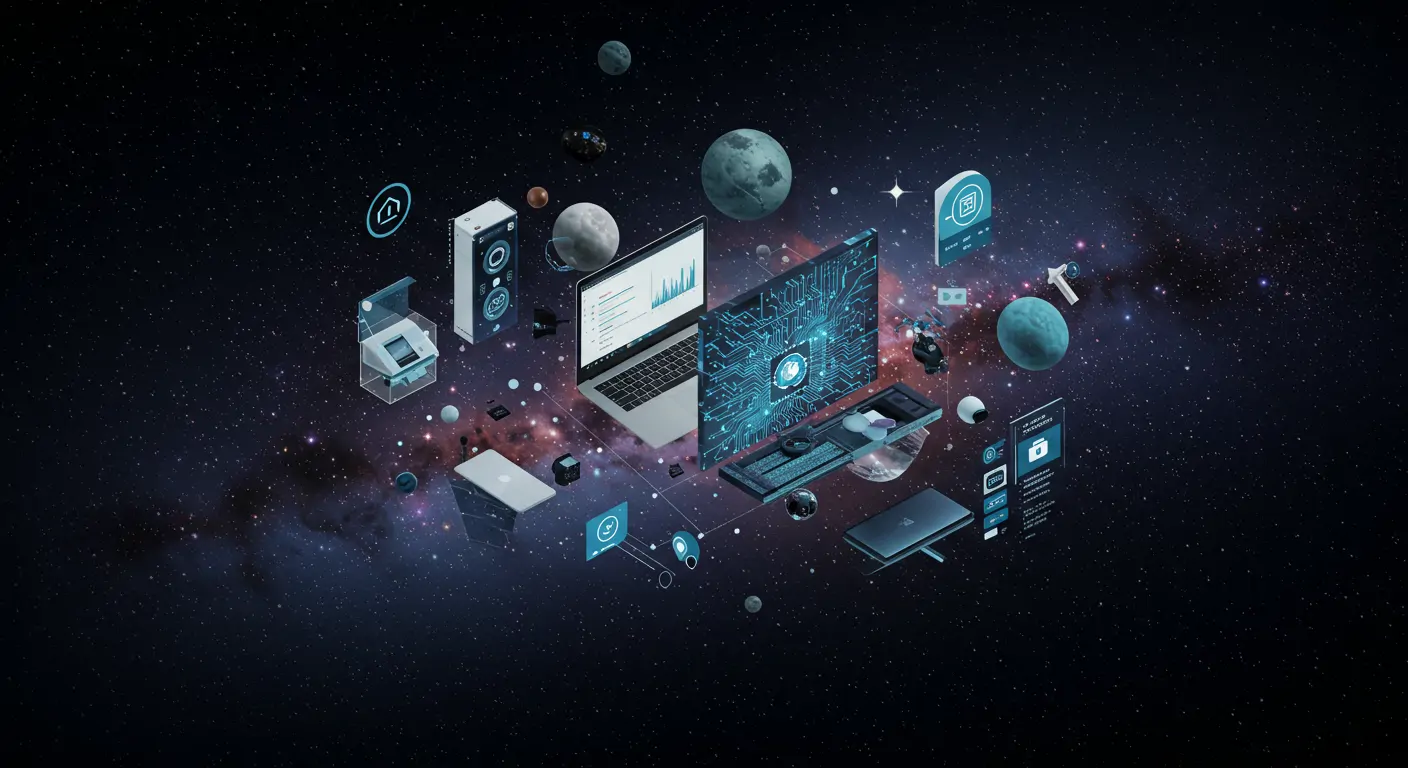Introduction: Why This Matters Now
As cybersecurity threats become increasingly sophisticated, AI-driven cybersecurity mesh is emerging as a revolutionary strategy in 2025, enabling organizations to enhance their threat defense mechanisms. With cybersecurity breaches costing companies an average of $4.24 million per incident in 2024 (IBM), adopting an AI-driven approach is not just innovative but essential for survival.
This trend signifies a paradigm shift in how threat defense is conceptualized and executed, impacting IT departments, cybersecurity firms, and businesses globally.
Read time: 10 minutes
The Current State: What's Happening Right Now
In 2025, the cybersecurity landscape is marked by significant advancements:
- April 2024: Google Cloud launched its AI-driven cybersecurity platform, Chronicle Security, which reported reducing threat detection time by 40%.
- August 2024: Gartner's report highlighted a 70% increase in the adoption of AI-driven cybersecurity solutions among Fortune 500 companies.
- January 2025: Microsoft acquired CyberX for $165 million, aiming to bolster its AI and IoT cybersecurity capabilities.
Traditional methods are struggling to keep pace with real-time threat evolution, as evidenced by the 30% increase in successful cyber-attacks in 2024 alone.
Key Drivers: What's Fueling This Trend
Driver 1: Technical Advancements
The integration of AI and machine learning (ML) into cybersecurity is driven by advancements in data processing power, with Quantum Computers providing unprecedented capabilities to analyze threats faster than ever before.
Driver 2: Economic Pressures
With the global cost of cybercrime expected to reach $10.5 trillion annually by 2025 (Cybersecurity Ventures), businesses are investing heavily in AI-driven defenses to mitigate potential losses.
Driver 3: Regulatory Compliance
Increased regulatory requirements, such as GDPR and CCPA, necessitate more robust cybersecurity measures, pushing companies towards AI solutions for efficient compliance management.
Real-World Impact & Case Studies
Case Study 1: IBM
- Implemented Watson for Cyber Security
- Reduced threat analysis time by 85%
- Highlighted the importance of AI in recognizing patterns across vast datasets.
Case Study 2: Cisco
- Launched Threat Response 3.0
- Achieved a 50% increase in threat neutralization speed
- Demonstrated the effectiveness of automated threat detection and response.
Industry Implications
For Developers
- Learn AI/ML tools like TensorFlow
- Increased demand for AI cybersecurity specialists
For Businesses
- Consider AI for proactive threat detection
- Gain a competitive edge through enhanced security
For Investors
- AI cybersecurity market projected to grow 25% YoY
- Risks include technology obsolescence
Challenges & Criticisms
Despite its benefits, the AI-driven cybersecurity mesh faces criticism:
- High Implementation Costs: Initial setup and integration can be expensive, potentially limiting access for smaller firms.
- Privacy Concerns: AI systems require vast amounts of data, raising privacy issues and ethical considerations.
Future Outlook: What's Next
In the short term, expect a 50% increase in AI cybersecurity solution deployments by mid-2026, driven by demand for faster and more accurate threat detection. Long-term, we anticipate significant AI advancements enhancing predictive threat modeling, making threat landscapes more navigable and manageable.
Key milestones to watch include AI legislation developments and breakthroughs in AI explainability, crucial for broader adoption.
Frequently Asked Questions
- What is a cybersecurity mesh? A decentralized approach to cybersecurity, integrating distributed elements.
- How does AI enhance cybersecurity? By automating threat detection and response, reducing time and errors.
Conclusion: Key Takeaways
- The AI-driven cybersecurity mesh is redefining threat defense strategies in 2025.
- Adoption is driven by technical, economic, and regulatory factors.
- Challenges include cost and privacy concerns, but the potential benefits are substantial.
To stay competitive, businesses should embrace AI solutions, while developers focus on strengthening AI/ML skills.
Further reading: "AI in Cybersecurity: Opportunities and Challenges"




